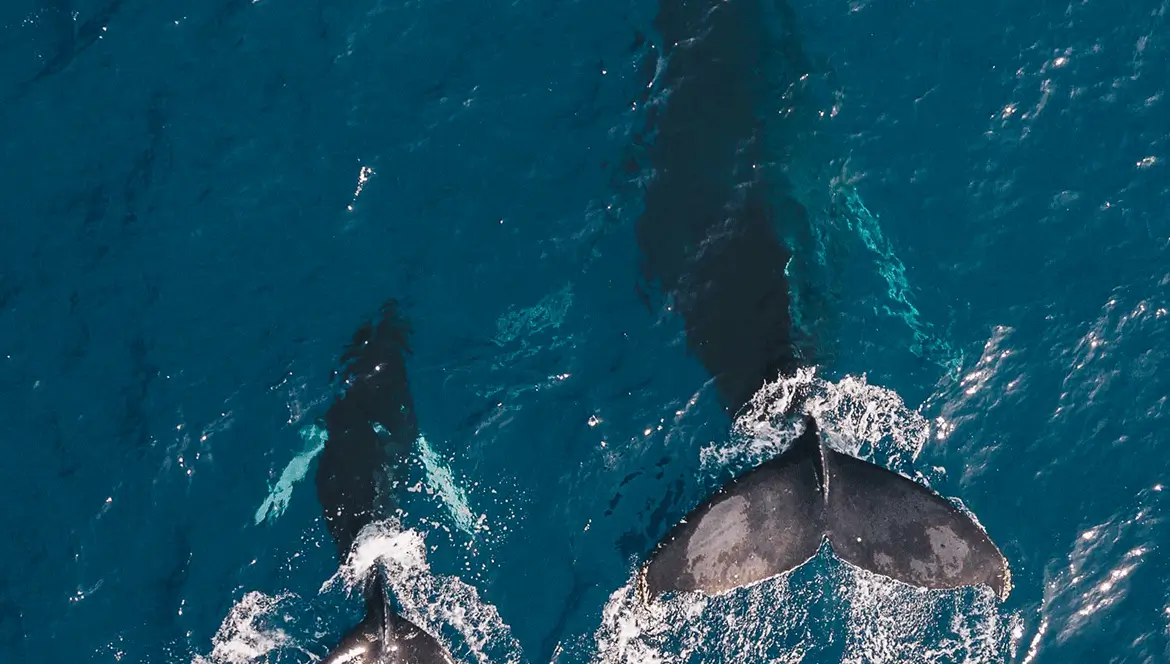There is much to be learned from a trip to an aquarium, including – for example – which seafood choices are environmentally responsible. But the problem with an aquarium-type lifestyle for the bigger sea creatures is that the conditions they experience in captivity are just not close enough to what they would naturally experience in the wild.
A 10 June article, “Canada bans the captivity of whales, dolphins and porpoises for entertainment”, reports that as scientific data on marine mammals accumulates, so the public distaste surrounding keeping them in “small barren tanks” grows. Consequently, laws have and continue to be passed in countries that include Brazil, Bolivia, Chile, Costa Rica, India, Luxembourg, Norway, Switzerland, the United Kingdom and, following the notification above, now Canada – which restrict the captive display of such mammals.
CASE AGAINST CAPTIVITY
Three years of intense debate and discussion led to Canada’s Bill S-203, after environmentalists were able to demonstrate that, in general, the Canadian nation is very much against the containment of these “social, intelligent and vast-roaming marine mammals” in small stark cement tanks for the purpose of human entertainment. And, of course, science backed up this public opinion with a report called the “Case against Marine Mammals in Captivity”.
To understand the reason for the growing number of countries passing laws to ban whale, dolphin, orca and porpoise displays in aquariums, it is interesting to compare what life is supposed to be like in the wild for these sea creatures, and what it can be like in an aquarium’s sea tank.
“A captive setting can never recreate their natural environment,” writes an expert at One Green Planet, an online platform aimed at growing a compassionate and eco-conscious next generation. In a piece on how the life of the orca, for example, differs in captivity versus in the wild, the author describes how sociable and intelligent these creatures are and how little “stimulation and enrichment” is to be had in a concrete tank. In captivity, young are separated from their mothers too early, and females are impregnated before full maturation via artificial insemination in a process that is also traumatising for the males.
PINING FOR THE WILD
In the wild, these creatures swim an average of 160km per day and dive distances of up to 60m. In captivity, however, they would have to “circle the perimeter of their tanks 1 900 times” to achieve the same amount of exercise; which they obviously don’t do because of the lack of interest they have in these captive surroundings. This lack of physical activity leads to a condition called “dorsal fin collapse”, and also to a lack of mental stability – SeaWorld admitted, in 2014, to treating their orcas with psychotropic drugs to prevent some of the aggression they had previously seen, evidence of which was the “rake marks” of other whales’ teeth on their skins.
On the other hand, serious shows of aggression are rare in the wild because orca populations follow a code of behaviour that merely includes swimming away if seriously threatened. There have also been at least 100 incidents of aggression towards their trainers, whereas orcas have never been known to attack human beings in the wild.
Lastly, the average life expectancy of an orca in nature ranges from 50 to 80 years while, in captivity, few orcas have lived past age 30, says the latest research from National Geographic.
Tozie Zokufa, director for Regional Coordination for the Coalition of African Animal Welfare Organisations, says: “We commend the Canadian government for taking such a bold step towards alleviating the pain and suffering of these intelligent, gentle sea-giants. Now, it is time to start thinking about the seals.”






